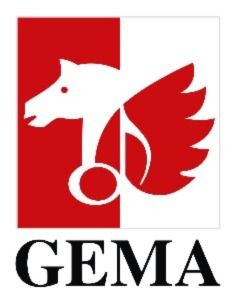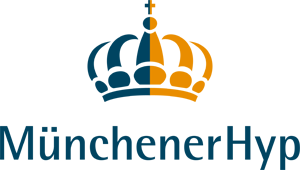Zymergen
Bringing together servers, robots and scientists to create and execute complex workflows for biological products

Key Benefits
- Orchestration of services
- Automation of manual processes
- Open Architecture and scalability of Camunda
Camunda Products
- Camunda
- Camunda Tasklist
Zymergen is a US-based molecular technology company developing new products and materials with engineered microbes. Zymergen needed a flexible and scalable workflow automation solution to expedite the process of onboarding new projects, while still maintaining process efficiency and customizability. Zymergen decided Camunda was the perfect fit for its requirements. Since implementing Camunda, the company has increased the speed of onboarding new projects, reduced manufacturing workflow deviations, and reduced time spent analyzing data for process optimization.
The Background
Zymergen is a molecular technology company that creates and improves products using biology. It works with companies in industries including agriculture, pharmaceuticals, chemicals/materials, electronics, and personal care, to both improve the economics of existing molecules, as well as develop new products with engineered microbes.
Zymergen accomplishes this with a proprietary platform that uses automation and machine learning to engineer microbes faster, more predictably, and to a level of performance previously unattainable with hypothesis testing and bench science alone.
Zymergen’s manufacturing teams engineer and test microorganisms such as bacteria and yeast to improve performance in large-scale fermentation processes. These methods ultimately help microbes more efficiently transform raw input, such as sugar, into molecules of interest.
Each build and test cycle allows Zymergen to collect more data about how to produce a microbe that, for example, produces a higher yield of a valuable chemical. Consequently, Zymergen relies on processes that allow for capturing as much information as possible from these manufacturing cycles.
With an increase in clients, Zymergen needed to reduce the time required to onboard new projects while still guaranteeing efficient and customizable processes. This required a solution that could integrate with its automation and digital systems while providing a flexible interface for scientists and other non-programmers to create, update, and execute these complex workflows. This is where Camunda comes in.
The Impact
Since implementing Camunda, Zymergen has been able to increase the speed of process onboarding, reduce the number of manufacturing workflow deviations, and minimize the time spent analyzing data for process troubleshooting and optimization.
Nearly 400 process definitions support Zymergen’s manufacturing workflows, ranging from low-level “unit operations” for discrete molecular biology steps, to high-level definitions of end-to-end manufacturing lines. Zymergen uses Camunda to govern all of these processes.
As the number of processes governed by Camunda grows, and as Zymergen’s organization scales, the company is approaching 20,000 process instance executions per month, and this number will continue to grow.
Camunda: A Cross-team Solution
Three different groups of stakeholders at Zymergen benefit from Camunda. Scientists use Camunda to define biological workflows to run automated protocols in manufacturing operations.
These users, many of whom do not have software engineering backgrounds, are able to directly construct workflows that are executable with Camunda.
Operators on Zymergen’s manufacturing teams use Camunda Task list to access instructions that guide them through the factory processes for which they are responsible. This allows processes to be executed repeatedly and without extensive training. Additionally, operators don’t need to remember to upload the data associated with a process, workflows in the Camunda Engine take care of that.
The technology team leverages Camunda behind the scenes to orchestrate the services needed to execute protocols and collect and process data. For example, when an operator reaches a workflow step needing a sample pass/fail decision, Zymergen uses Camunda to initiate the relevant algorithm to make quality decisions. Workflows can proceed based on those decisions without requiring manual orchestration of each step.
The Implementation
Zymergen believes that the way to optimize microbes as reliably and predictably as other manufacturing materials is to bring the engineering approach to the process itself. Camunda’s workflow engine has enabled this.
Zymergen uses Camunda’s Spring Boot integration to implement a project. They then primarily use Java to interact with different software and automation services in their Zymergen ecosystem.
The combination of Spring and Camunda makes it easy to utilize technologies like REST or publish/subscribe to coordinate and orchestrate Zymergen’s systems. Using these techniques, the Zymergen software team has developed a library of Call Activities that interact with data and automation systems, which scientists use to assemble biologically-significant workflows.
Similar Case Studies





